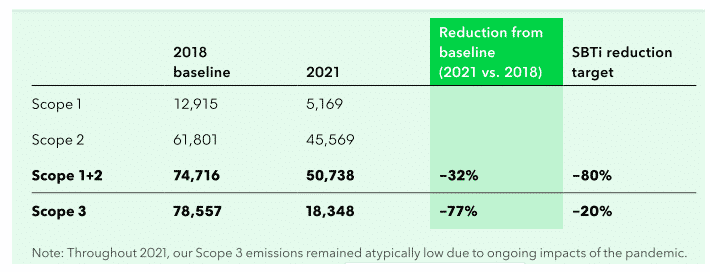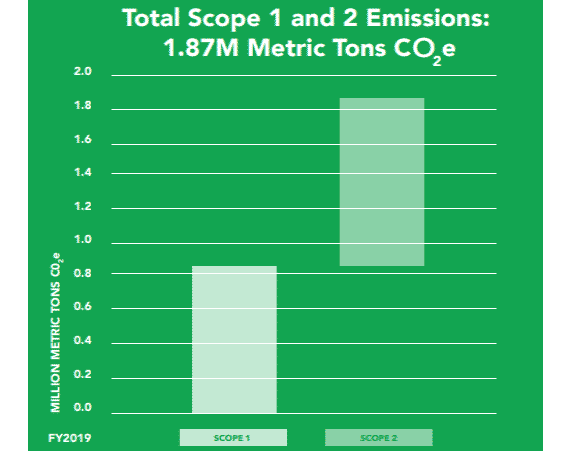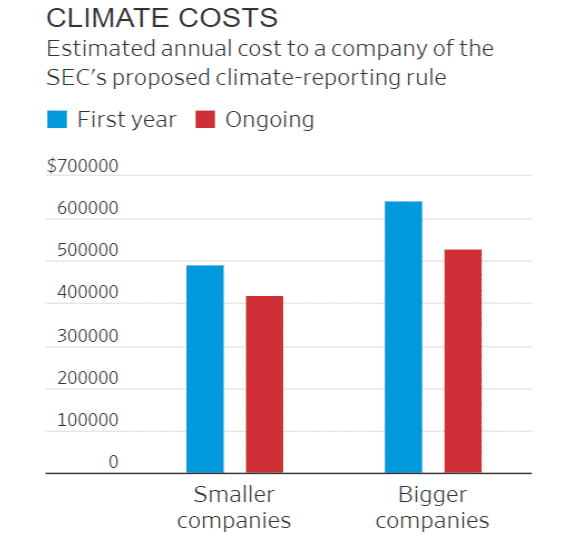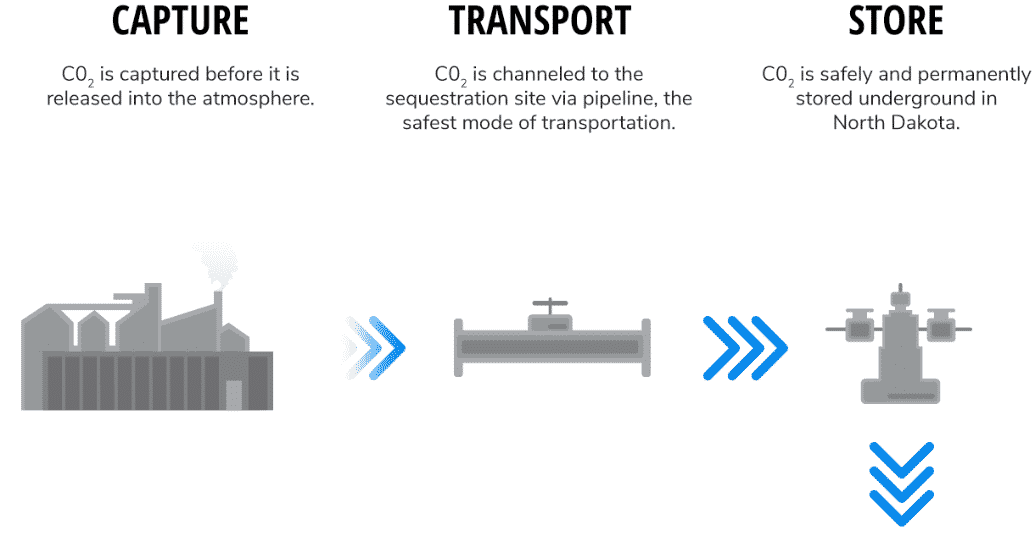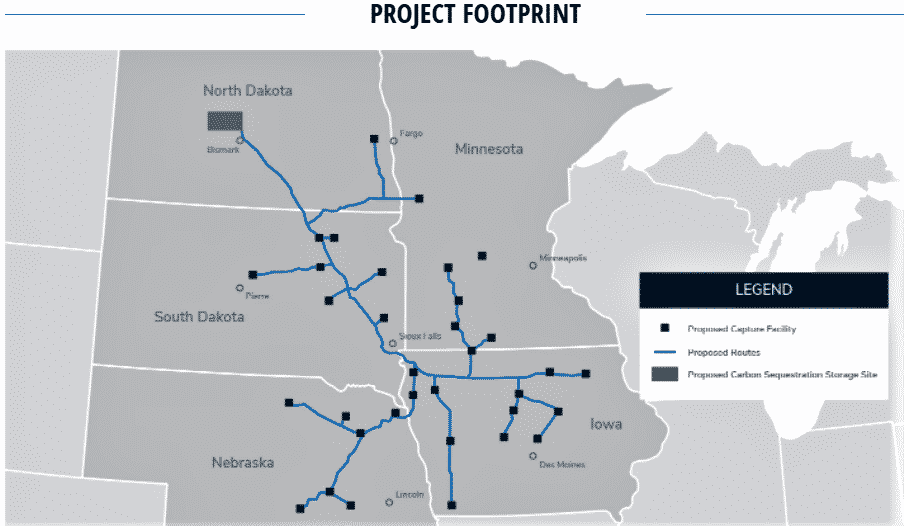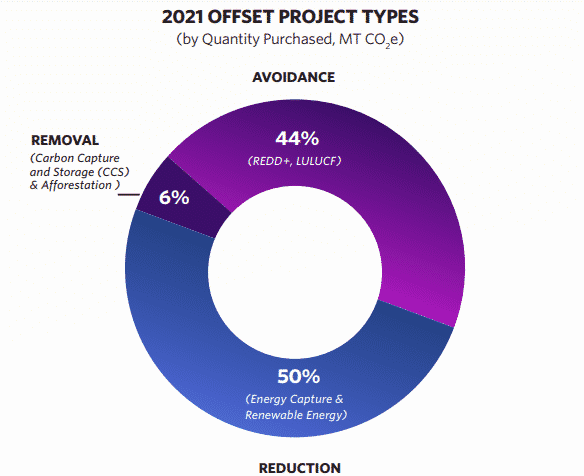Carbon trading has become extremely popular today among individuals and organizations and carbon exchanges are starting to emerge.
It’s all happening for a simple reason: Reducing carbon emissions is a global initiative and the carbon market offers great options for entities looking to cut emissions.
A polluter can purchase credits to cover the emissions they release into the air. Each credit equals one ton of CO2 equivalent (CO2e).
On the other hand, companies with negative emissions that actively reduce the amount of carbon in the atmosphere (like reforestation projects) instead create carbon credits and sell them.
Individuals and companies alike on both sides of the market are looking for the top carbon exchanges to trade carbon credits. And if you’re wondering which exchanges those are, we’re going to identify the top 4 carbon credit exchanges for 2024.
But before that, we’ll first define what carbon trading is, and then explain the two different carbon markets in place.
What is Carbon Trading?
Carbon trading is the process of buying and selling carbon credits. Some of these credits are permits that allow a company or other entity to emit CO2, and some of these credits represent one ton of CO2 emissions that’s already been offset. Together, they form a market-based system aimed at reducing CO2 emissions that cause global warming.
Carbon exchanges are the vehicle of this task.
Carbon trading is also called carbon emissions trading. The first were based on the cap-and-trade regulations that introduced market-based incentives to reduce pollution.
So, instead of imposing certain laws and hard limits, cap-and-trade programs rewards entities that cut their emissions, while charging penalties to those that can’t. This is done through the issuance of carbon allowances – the type of carbon credit that permits its holders to emit one ton of CO2.
The idea behind this framework for CO2 emissions came from the Kyoto Protocol in 2005. In particular, it aimed to reduce CO2 emissions by about 5% below 1990 levels by 2012. The Paris Agreement continued the work in 2015.
Emitters can buy these allowance credits from others in the same program to offset their emissions. But it’s important to note here that allowances don’t actually reduce emissions, but merely limit them.
Carbon Offset Credits
Carbon offset credits, on the other hand, are a type of credit that represent one ton of CO2 actually removed from the atmosphere. This removal can be achieved in a number of ways – the planting of trees, direct capture from a source of emission or the atmosphere, and so on.
Those with projects that can remove some of this carbon that would otherwise end up in the atmosphere can sell these CO2 reductions as carbon credits.
Many claim that carbon trading is a cost-effective solution to the climate crisis. While others say that it’s just a distraction and can’t help resolve global warming.
But despite criticisms, carbon trading remains a central idea in many proposals to combat the effects of climate change.
There’s no unified global marketplace for carbon trading that exists yet. But there are several regional markets created where cap-and-trade programs exist, as well as various trading platforms. Trading carbon credits in the former is usually regulated, while the latter is for the voluntary market.
Compliance vs. Voluntary Carbon Market
The compliance or regulated carbon market is born out of the laws mandating emissions reductions. Examples of these include the E.U.’s Emissions Trading System (EU ETS), or California’s cap-and-trade program.
Governments assign maximum emission limits for each company, sometimes known as “allowances” or “credits”. Emitters can then buy or sell carbon credits based on emissions they’ve generated in relation to their allowance limits.
Conversely, the voluntary carbon market (VCM) operates without government regulation. However, it has grown explosively in recent years due to the Paris Agreement calling for drastic corporate net zero goals.
Entities can buy carbon credits to offset the amount of CO2 emissions they’re releasing. Some of them buy directly from developers who sell credits granted to their carbon projects.
But now, many buyers and sellers of carbon credits are transacting their trades via digital carbon exchanges. Many of them even prefer to do it using carbon tokens enabled by blockchain technology.
As the crypto world matures, developers have begun to apply blockchain to one of the other hot markets today: carbon credits.
Tokenization of Carbon Credits
Carbon credits can also be traded as tokens on a digital exchange just like how they can be traded on traditional trading platforms.
A pool of carbon credits from a project can be tokenized. And like each carbon credit, a token also represents one ton of carbon offset.
The tokenization of carbon credits helps the transparency and liquidity of the market. Blockchain technology can create secure, standardized, and real-time carbon credit exchanges.
This is because the token stores all the information related to the carbon credit. These include third-party certification details, auditing, transaction records, and project monitoring.
Carbon tokens minted to the same blockchain will follow the same standard. This allows for their integration into the Decentralized Finance (DeFi) markets.
DeFi markets, such as Decentralized Exchanges (DEXs), offer financial instruments without relying on intermediaries by using smart contracts on a blockchain.
In essence, cryptographic tokens are a set of information and regulations encoded into a smart contract. This contract is a program that’s executed after meeting certain criteria and kept on a blockchain.
After taking possession of the contract, a third-party body can easily verify it due to the nature of blockchain networks. Verification is crucial to confirm ownership of the carbon credits in a contract.
The automatic execution of the agreement gets rid of any intermediaries. This eliminates the time-consuming processes involved in traditional exchanges.
Also, tokenization promotes transparency of the transactions in digital carbon exchanges. This is vital for the growth of the voluntary carbon market.
With all that said, here are the top carbon exchanges that are helping to scale up carbon markets right now.
The Top 4 Carbon Exchanges
Among the different carbon credit exchanges available, we’ve identified the top four that are worthy to consider. Let’s discuss each one of them in detail to inform you better.
AirCarbon Exchange (ACX): The easiest and most streamlined platform
AirCarbon Exchange was launched in Singapore in 2019 as a digital exchange platform for airlines to trade carbon credits.
- The firm has raised a total of $3.6M in funding over 3 rounds. This carbon exchange is funded by Deutsche Borse.
ACX has a client base of more than 130 organizations. They consist of corporate entities, financial traders, carbon project developers, and other stakeholders.
This carbon exchange uses distributed ledger technology (DLT) in a traditional commodities trading architecture. It also leverages recent blockchain technology to create securitized carbon credits.
It takes advantage of the speed and efficiency of blockchain technology. One of the goals of using it is to have instantaneous T-0 trade execution, clearing, and settlement.
ACX initially based its DLT exchange on the aviation industry through CORSIA, the global Carbon Offsetting and Reduction Scheme for International Aviation.
Moreover, ACX seeks to securitize carbon credits around market demand, enabling more traders to gain exposure to this asset class. This is contrary to the traditional carbon market’s organization around credits sourced from individual projects.
The bid/offer exchange functions like a commodities trading exchange, creating price transparency. Moreover, it allows market participants to Mark-to-Market the value of carbon in their portfolios.
It uses a digital warehouse that lets investors easily manage assets within their portfolios.
Among the top carbon exchanges, ACX bagged a prestigious award in the market. It won the Best Carbon Exchange in Environmental Finance’s 2021 VCM Rankings.
Over 62% of ACX’s client volume comes from Singapore/SEA, while >55% of projects originate from Australia.
ACX currently has six different tradable carbon asset classes. These include the following:
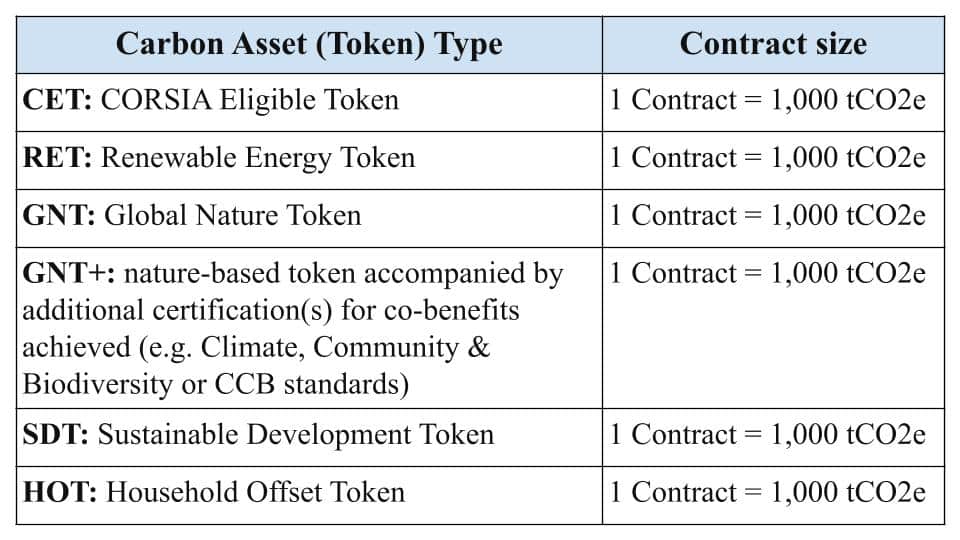
The table below shows the recent price for each carbon asset.

The platform’s token is currently the easiest and most streamlined instrument for carbon credits trading.
Carbon Trade Exchange (CTX): The most cost-effective spot trading exchange
Carbon Trade Exchange (CTX) is one of the earliest players in the global carbon market, dating back to 2009.
Unlike other carbon exchanges, CTX is a member-based spot exchange with various participants. They range from individual brokers and project developers to big corporations.
They can list their credits directly to CTX from their Registry account and then trading digitally from anywhere.
CTX allows for trading credits from several different industry standards including Gold Standard, Verra’s Verified Carbon Standard, and the United Nations’ Clean Development Mechanism (UNFCCC). The BioCarbon Registry is a recent addition, as of April 2022.
The credits that are tradable on CTX include these five major ones:
- Voluntary Emission Reduction (VER)
- Certified Emission Reduction (CER)
- Verified Carbon Units (VCU)
- EUA (EU Allowance)
- EUAA (EU Aviation Allowance)
Apart from facilitating carbon exchanges, CTX also offers other services. These are carbon footprint calculation, carbon offsetting, and carbon project development.
Carbon credit exchanges in CTX credits are available in four currencies: GBP, AUD, USD, and EUR.
Buyers can buy and retire credits in lots of 100 tons of CO2e, which is CTX’s minimum trading volume. Other carbon exchanges have minimums of at least 1,000 tons equivalent, or 1,000 credits.
CTX has traded hundreds of millions of tons of C02e offsets since its first trading activity in 2017. The top two most traded credits are Verra certified credits and CTX CERs. The chart below illustrates CTX’s trading volume for October and November 2021.
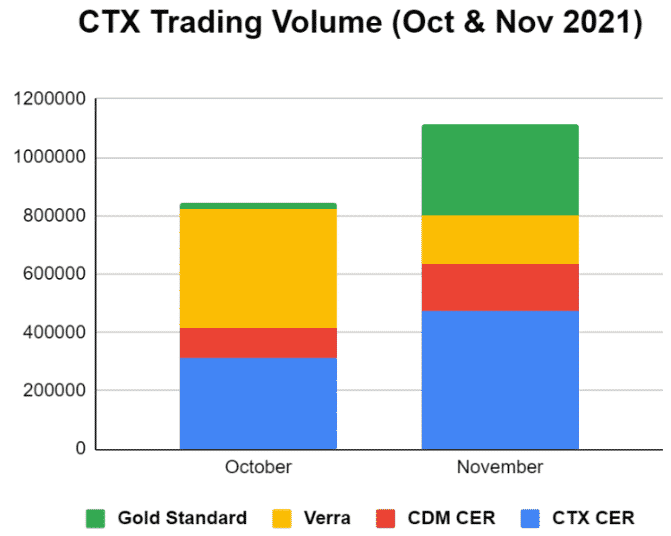
CTX is expanding fast with current locations in the UK, Australia, Europe, and Asia. It covers projects in Africa, Asia, Europe, and North and South America.
Toucan Protocol: Creator of the most liquid carbon-to-crypto market
Toucan Protocol builds infrastructure for carbon markets to finance climate crisis solutions. It’s raised a total of $7.5 million in funding over 2 rounds.
Its mission is to make DeFi (decentralized finance) work by introducing a new currency: programmable carbon.
In essence, it turns Verified Carbon Units or VCUs into crypto via its own proprietary Toucan Bridge. It’s the first generalized bridge to tokenize carbon credits. It allows anybody to tokenize their carbon offsets and make them available in the world of DeFi.
- Each Toucan tokenized CO2 or TCO2 represents one verified, real-world carbon credit.
TCO2s are semi-fungible, with unique information about each project encoded on-chain.
The Toucan Carbon Bridge can connect to any source of offsets, starting from renowned registries like Verra and Gold Standard. But not all carbon offsets are equal as they come from different projects.
So Toucan created its own so-called Carbon Pool or liquidity pool. It turns carbon offsets into more liquid carbon index tokens. This allows buyers to discover prices for different classes of carbon assets and creates a useful Web3 building block.
Once bridged, the TCO2 tokens can be deposited in a Carbon Pool. Each offset in the Carbon Pool creates a carbon reference token. TCO2 is backed by one of the carbon offsets with the necessary attributes.
And as the offsets are on public blockchains in smart contracts, each TCO2 is verifiable. Verification is straightforward all the way down to the offset’s source registry.
And “retiring” an on-chain credit on the parent registry prevents double-counting of the offset. It means this is done by “burning”, locking it away in a blockchain address that no one has access to.
Toucan’s first carbon pool was the BCT or the Base Carbon Tonnes. It’s a reference token created by the KlimaDAO organization that represents one ton of carbon. These tokens are back by credits from the Verra Verified Carbon Unit (VCU) registry dating from 2008 or later.
Carbon pools are gated. This means each TCO2 token must have specific attributes to pass the gating criteria. Toucan and members can set the parameters for gating.
The pool’s BCT token is highly liquid. It trades around the average price of BCT-qualifying carbon credits sold off-chain.
The price of Toucan’s BCT was initially at an average of $8 but has now fallen to $3. This is around the average of $3 for off-chain carbon credits.
To date, here are what Toucan had achieved so far:
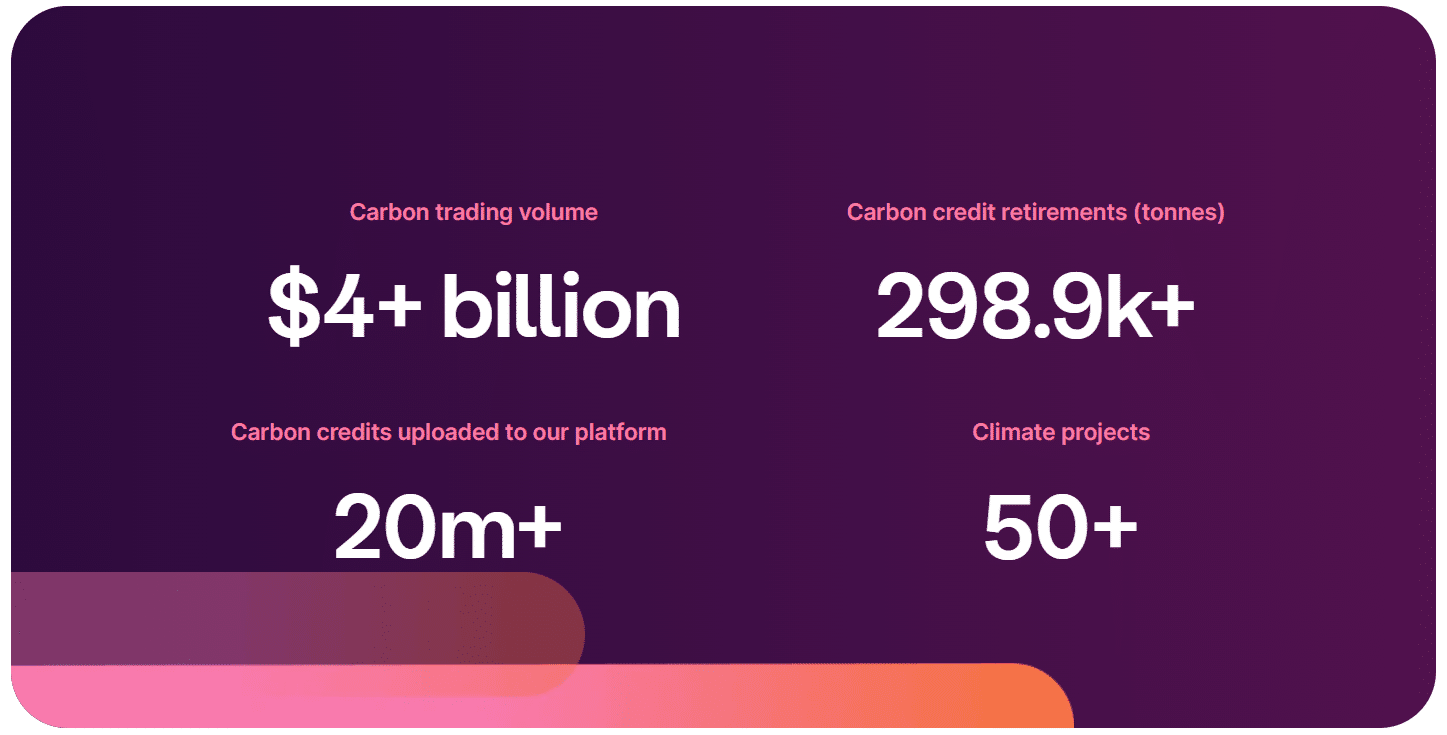
Xpansiv: The most intelligent exchange for ESG-inclusive commodities
U.S.-based Xpansiv was born out of wedlock between itself and Aussie platform CBL in 2019. This firm had proven wildly popular with investors, having raised $178.5M in total funding over 7 rounds.
Xpansiv is the global marketplace to trade various data-driven, ESG-inclusive commodities. The exchange prices carbon, energy, and water-based transactions. And the company does this in an intuitive, user-friendly environment based on deeper data.
One of its main business units is the CBL, the largest spot exchange for ESG commodities. These include carbon, renewable energy certificates, and Digital Natural Gas.
On Xpansiv’s CBL platform, clients can trade a broad range of carbon offset projects from major registries around the world. The long list of customers includes big organizations like airlines and major financial institutions.
- By hosting around 90% of all voluntary carbon credit transactions worldwide, Xpansiv is currently the dominant player in the market.
Xpansiv’s flagship offset contracts are all designed to provide high-quality carbon credits. With their partner, Chicago Mercantile Exchange (CME Group), they’ve launched these three offset contracts:
The total carbon offset volume traded on Xpansiv’s CBL exchange platform was over 116.1M tons of CO2e in 2022. This is 6% less than 2021 and represented about 35% total market share.
There are over 400 market participants that are active in CBL’s carbon market. Its transparent order book enables these participants to see live pricing. They can also gain full market depth for individual carbon offset projects.
In fact, project-level information is available via Xpansiv’s order book. This is integrated with leading registries such as the American Carbon Registry, Climate Action Reserve, Gold Standard, and Verra.
The below chart shows the Xpansiv CBL’s carbon exchange’s volume, value, and trading firms from 2019 to 2022. There is a strong trend of very rapid growth across all three metrics.

Here’s the annual transactional volume via CBL for voluntary carbon credits from 2018 to 2021.
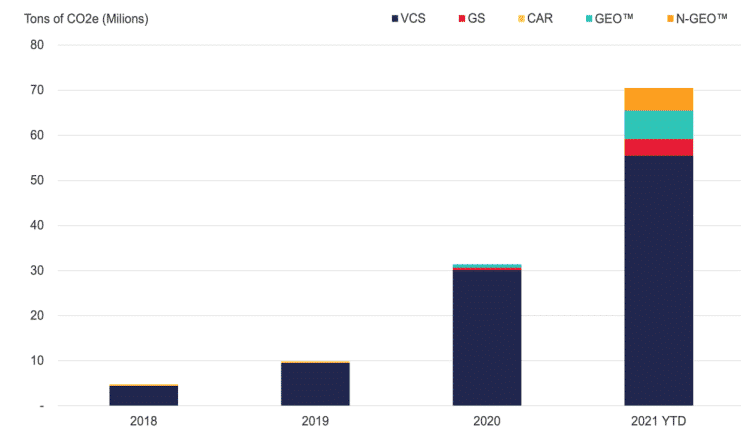
Moreover, Xpansiv also pioneered the CBL GEO and CBL N-GEO futures contracts, with the CME Group. These futures contracts saw total trading volume of over 47.1M tons in December last year.
Another thing that makes Xpansiv the leading exchange is its centralized and intelligent trading platform.
Conclusion: What’s the verdict?
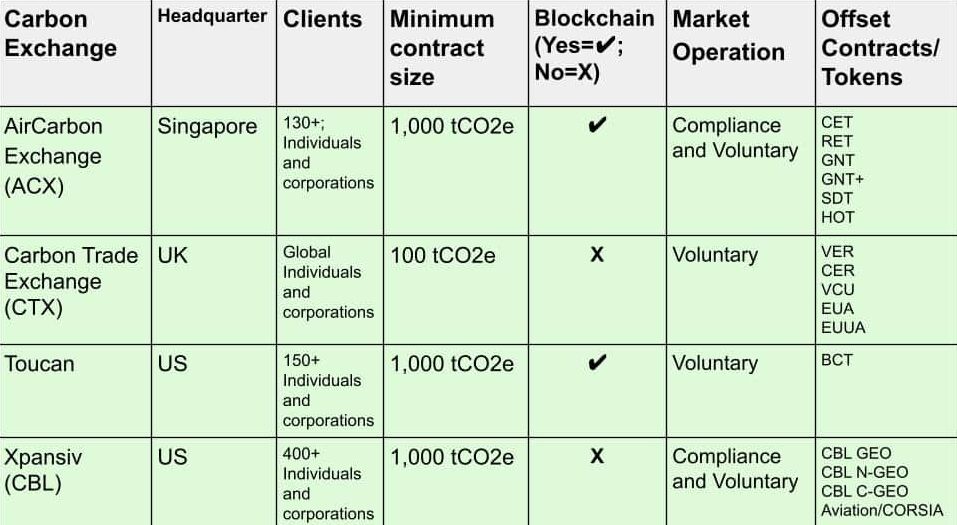
Overall, all the carbon exchanges have the same goal of enabling the trade of carbon credits.
But not all carbon exchanges are equal and there are certain things that you may want or not want from each platform. Here’s what we can say about what we like and don’t like about each of them.
Carbon Exchanges: What We Like:
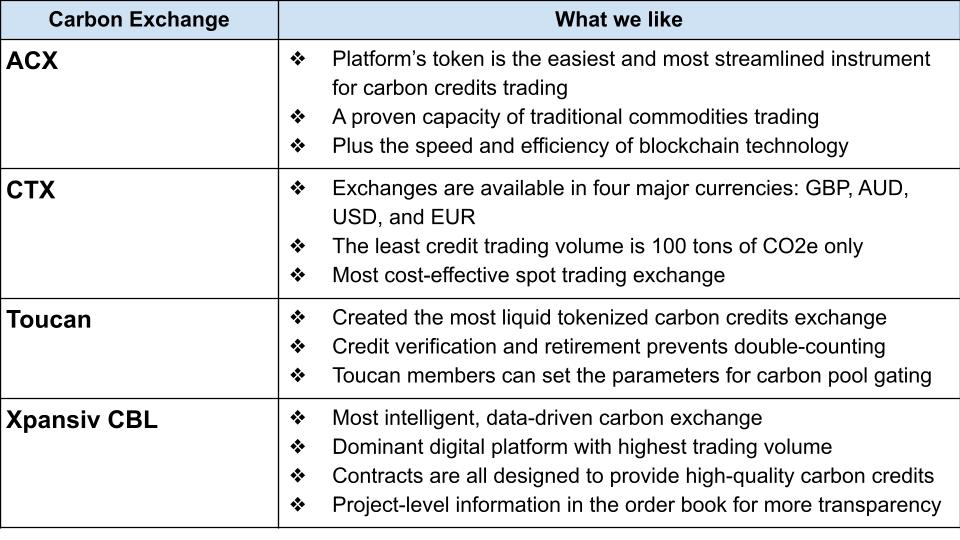
Carbon Exchanges: What We Don’t Like:
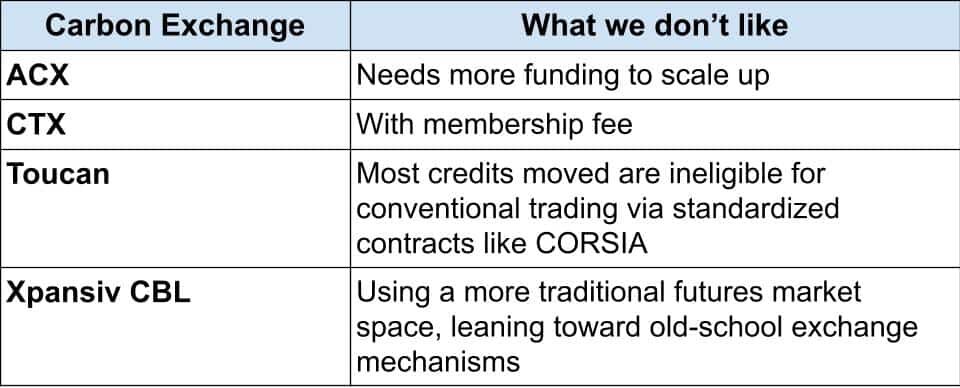
So, we’ve given an assessment of the top 4 carbon exchanges for 2023 based on the currently available information.
You can also check out our news page to stay on top of relevant events involving these carbon credit exchanges.
